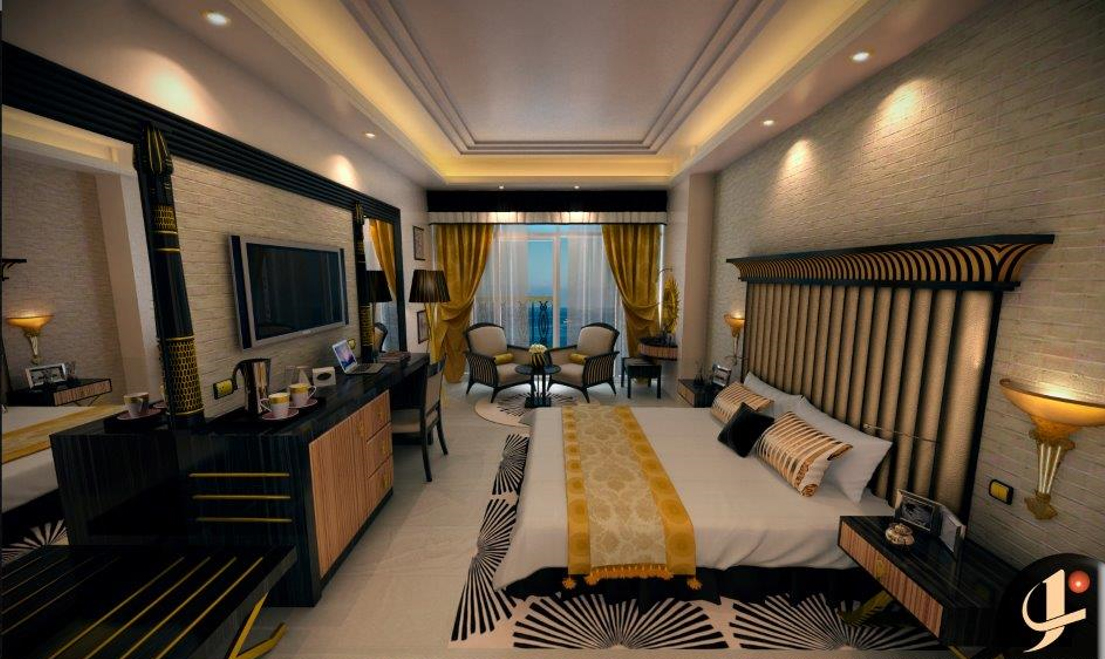
LONDON - Hotels in the Middle East reported negative January 2019 performance results, while hotels in Africa posted growth across the three key performance metrics, according to data from STR.
U.S. dollar constant currency, January 2019 vs. January 2018
Middle East
- Occupancy: -0.9% to 68.2%
- Average daily rate (ADR): -8.9% to US$154.18
- Revenue per available room (RevPAR): -9.6% to US$105.16
Africa
- Occupancy: +0.3% to 53.4%
- Average daily rate (ADR): +2.1% to US$120.06
- Revenue per available room (RevPAR): +2.4% to US$64.06
Local currency, January 2019 vs. January 2018
Abu Dhabi
- Occupancy: +1.9% to 78.0%
- ADR: +5.4% to AED449.72
- RevPAR: +7.5% to AED350.88
Even with supply growth of 11.2%, Abu Dhabi achieved its highest January occupancy since 2008. STR analysts credit a 13.4% spike in demand to the Asian Cup football championship.
Dubai
- Occupancy: -5.0% to 82.0%
- ADR: -10.9% to AED716.78
- RevPAR: -15.3% to AED587.70
According to STR analysts, occupancy and rate declines are to be expected for the market with a significant amount of new inventory in the pipeline ahead of Expo 2020. As of January, Dubai showed 170 projects in construction accounting for 48,759 rooms. At the same time, demand (room nights sold) grew for the fourth consecutive month, and overall performance was solid during the first five days of the month thanks to New Year’s celebrations as well as Arabplast international trade exhibition.
Europe hotel performance
Europe’s hotel industry reported mostly positive results in the three key performance metrics during January 2019, according to data from STR.
Europe’s hotel industry reported mostly positive results in the three key performance metrics during January 2019, according to data from STR.
Euro constant currency, January 2019 vs. January 2018
Europe
- Occupancy: -0.1% to 58.1%
- Average daily rate (ADR): +2.5% to EUR99.56
- Revenue per available room (RevPAR): +2.4% to EUR57.81
Local currency, January 2019 vs. January 2018
Barcelona, Spain
- Occupancy: +6.1% to 60.4%
- ADR: +7.1% to EUR107.75
- RevPAR: +13.6% to EUR65.08
The market sold more room nights than any other January on record. In addition to solid weekday performance, which correlates with demand in the business travel sector, STR analysts note a significant year-over-year rise in weekend RevPAR that can be linked to strengthening leisure travel and further recovery from the period of declines that followed the Catalan independence referendum of 2017.
Paris
- Occupancy: -5.9% to 65.0%
- ADR: +7.1% to EUR204.07
- RevPAR: +0.8% to EUR132.72
STR analysts attribute demand declines in December (-6.5%) and January (-4.2%) to ongoing gilets jaunes protests that began back in November. The 65.0% absolute occupancy level was the lowest for a January in Paris since 2016, when the market was in decline following November 2015 terrorist attacks. Hoteliers in the market have maintained ADR growth to stabilize RevPAR.
Central/South America hotel performance
Hotels in the Central/South America region rreported negative performance results in January 2019, according to data from STR.
Hotels in the Central/South America region rreported negative performance results in January 2019, according to data from STR.
U.S. dollar constant currency, January 2019 vs. January 2018
Central/South America
- Occupancy: -0.9% to 55.7%
- Average daily rate (ADR): -2.0% to US$99.35
- Revenue per available room (RevPAR): -2.9% to US$55.32
Local currency, January 2019 vs. January 2018
Buenos Aires, Argentina
- Occupancy: +4.4% to 62.0%
- ADR: +103.7% to ARS4,808.29
- RevPAR: +112.7% to ARS2,981.09
Buenos Aires experienced its highest January occupancy level since 2012, due in part to a lack of new rooms entering the market. Demand also rose 3.7% year over year. STR analysts attribute the significant jump in ADR to the inflation of the Argentine peso.
Panama City
- Occupancy: -9.3% to 48.1%
- ADR: +17.2% to PAB110.89
- RevPAR: +6.3% to PAB53.35
STR analysts note that ADR increased 53.7% during 22-27 January as the market hosted Pope Francis and World Youth Day. Occupancy was 9.2% lower than the same days the previous year. Long term, the market has been challenged by low hotel demand and strong supply growth.
Sao Paulo
- Occupancy: -1.4% to 47.3%
- ADR: +11.2% to BRL342.85
- RevPAR: +9.7% to BRL162.18
Sao Paulo hotels have now posted 18 consecutive months of ADR growth. STR analysts partially attribute the jump in rates to the depreciation of the Brazilian Real against the U.S. dollar. STR data shows that the absolute occupancy level in Sao Paulo was higher than the long-term January average of 46.4%.
Tags:STR